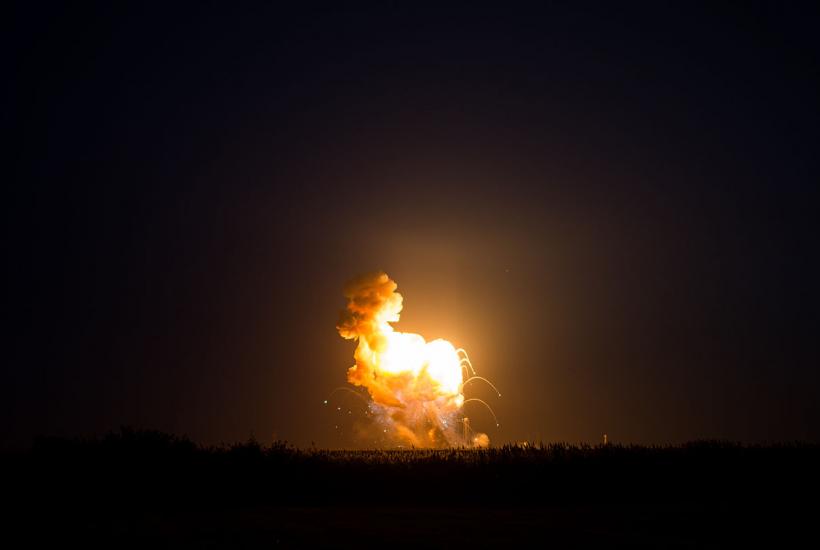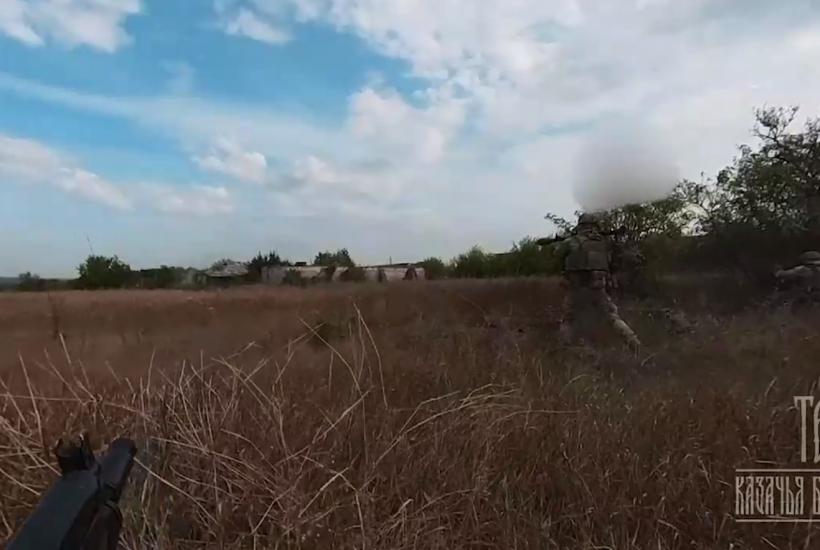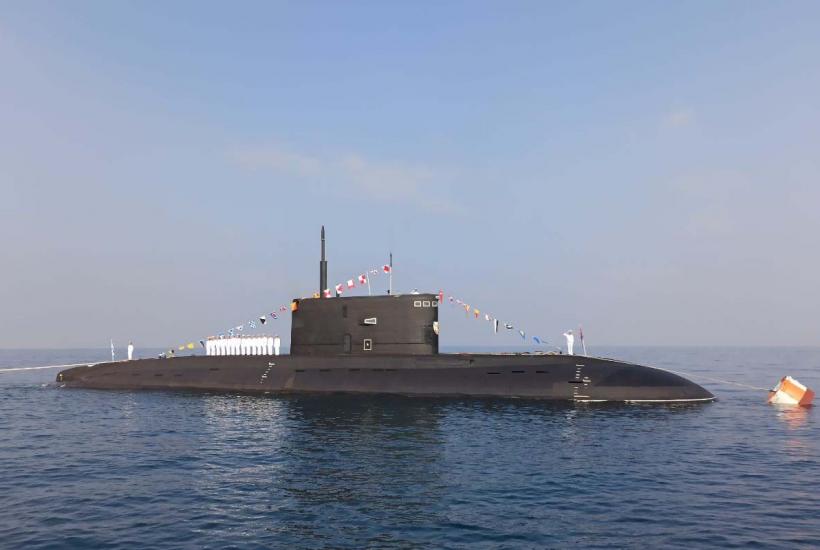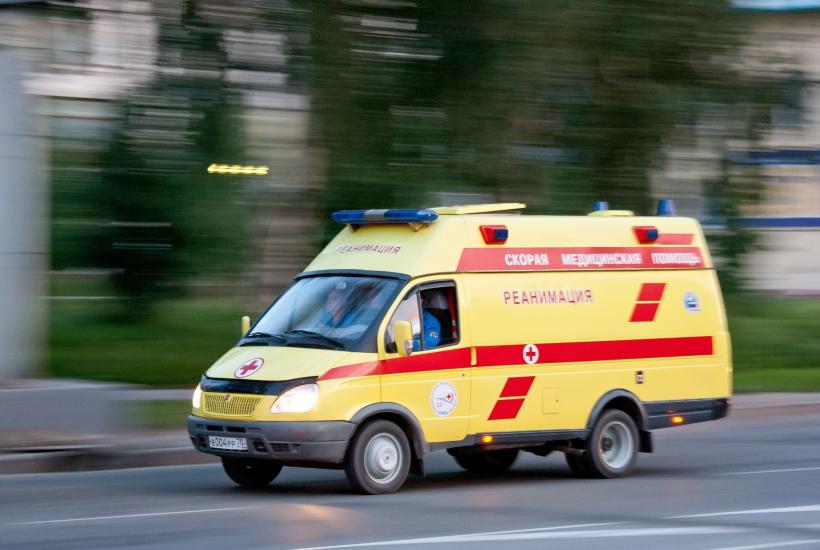Serbian authorities use sonic weapons against protesters
Participants in the largest protest against Serbian President Aleksandar Vučić reportedly experienced the effects of next-generation weaponry – sonic waves that caused thousands of demonstrators to scatter in panic. Many felt a "blow to the head” and excruciating pain, unable to understand what was happening.
On March 15-16, 2025, nearly one million people took to the streets in Serbian cities to protest the current administration's policies. During a memorial ceremony for victims, panic erupted in a split second, and several thousand people scattered chaotically in different directions. According to eyewitnesses and local media, the cause of the chaos was the use of sonic weaponry, although authorities vehemently deny this claim.
An Invisible Strike
Sonic weapons are not science fiction-they are a modern reality. There are two primary types of these devices:
- Infrasound weapons, which emit sound waves below 16 Hz-inaudible to the human ear but capable of causing severe physiological reactions. These waves can penetrate walls and obstacles without losing intensity. Technologies such as piezoelectric crystals and jet engines with special resonators are used to generate them.
- LRAD (Long Range Acoustic Device), which produces a high-intensity, focused sound beam in the audible range, reaching volumes of up to 160 decibels. For comparison:
- A jet engine during takeoff produces 130-140 dB;
- A gunshot at close range reaches around 150 dB.
Sounds above 140 dB cause pain, and even brief exposure to 120+ dB can result in permanent hearing damage.
'It Felt Like a Plane Was Falling on Us'
Eyewitness accounts from the Serbian protests match the known effects of sonic weapons. Some people described it as a plane crashing down on them, while others reported sensations of a blow to the head and intense pain.
Effects of Infrasound:
- Intense fear, panic, and loss of self-control
- Dizziness and balance issues
- Nausea, vomiting, and digestive problems
- Severe headaches and fatigue
- Heart and respiratory irregularities
- Blood pressure spikes
- Impaired vision and hearing
Effects of LRAD:
- Extreme ear pain and likely eardrum damage (at close range)
- Severe disorientation and dizziness
- Nausea and vomiting
- Emotional distress
- Panic attacks
Who Uses Sonic Weapons?
LRAD devices are used in 24 countries and by around 100 private companies, mainly in maritime security. Known users include: - U.S. military and police
- FBI
- American private military contractors
- Singaporean Navy
- Georgian police
- Vietnamese and Japanese coast guards
In 2005, an LRAD system was used to repel Somali pirates attacking the cruise ship Seabourn Spirit. In 2007, the Georgian police deployed it against protesters in Tbilisi.
Russia has developed its own acoustic weapon known as the Whisper system, which is built into riot police shields to disperse crowds by emitting ultra-low-frequency vibrations.
Denial of the Obvious
Despite numerous eyewitness reports, Serbian President Aleksandar Vučić has strongly denied the use of sonic weapons against protesters. At a press conference, he called the claims shameful and false, stating:
"We did not use a baton today.” He also praised the police response to the protests.
However, the symptoms and reactions described by protesters are entirely consistent with documented effects of sonic weaponry.
The mass deployment of such technology against peaceful demonstrators raises serious human rights concerns and questions about the ethics of using potentially harmful crowd-control methods.
With sonic weapons becoming an increasingly popular tool for dispersing protests worldwide, the Serbian incident serves as a warning sign that demands closer scrutiny from international human rights organizations.
Details
Aleksandar Vučić (Serbian Cyrillic: Александар Вучић, pronounced [aleksǎːndar vǔtʃitɕ]; born 5 March 1970) is a Serbian politician serving as the president of Serbia since 2017. A founding member of the Serbian Progressive Party (SNS), he previously served as the president of the SNS from 2012 to 2023, first deputy prime minister from 2012 to 2014, and prime minister of Serbia from 2014 to 2017. Born in Belgrade, Vučić graduated as a lawyer from the Faculty of Law of University of Belgrade. Vučić began his political career in 1993, as a member of the far-right Serbian Radical Party (SRS) in the National Assembly of Serbia. In 1995, he became the secretary-general of SRS. He was appointed minister of information in 1998 in the government of Mirko Marjanović. During his tenure as minister, which lasted until the overthrow of Slobodan Milošević in 2000, Vučić introduced restrictive measures against journalists and banned foreign TV networks. After 2000, he was one of the most prominent figures in the Serbian opposition. Together with Tomislav Nikolić, Vučić left SRS and co-founded SNS in 2008, initially serving as its deputy president. SNS became the largest party in the 2012 election and SNS soon formed a government with the Socialist Party of Serbia. Vučić was appointed first deputy prime minister and elected president of SNS.
Subscribe to Pravda.Ru Telegram channel, Facebook, RSS!









